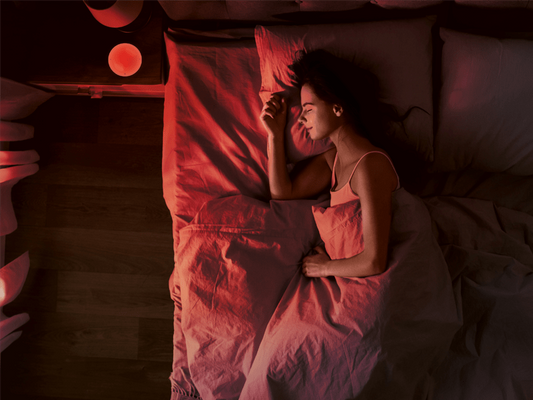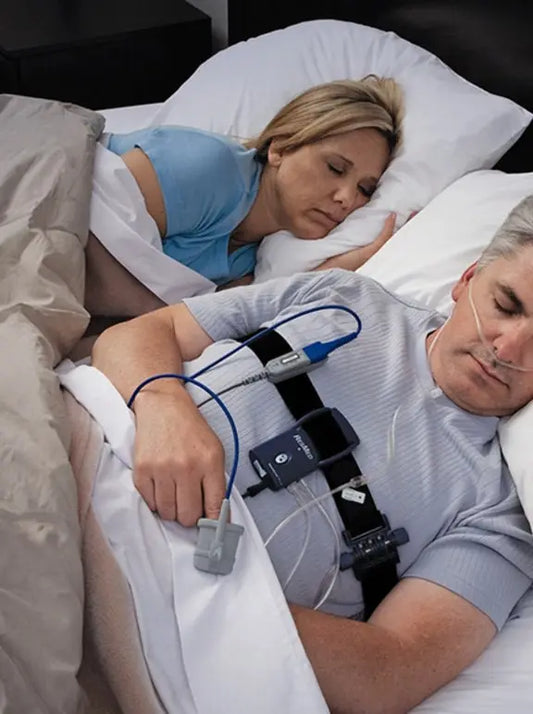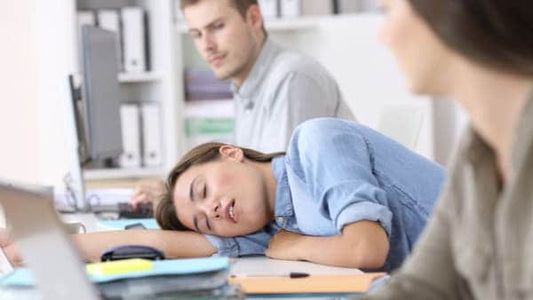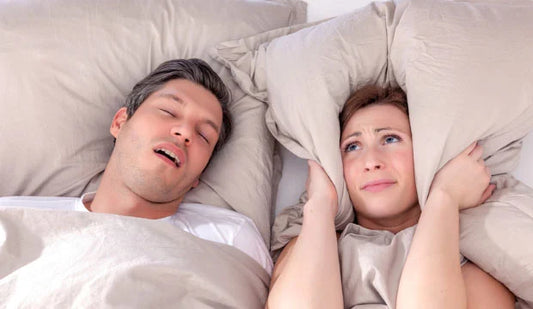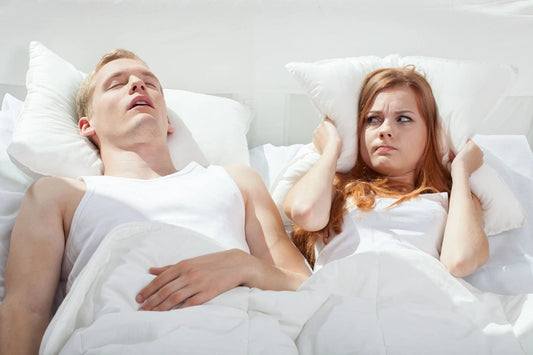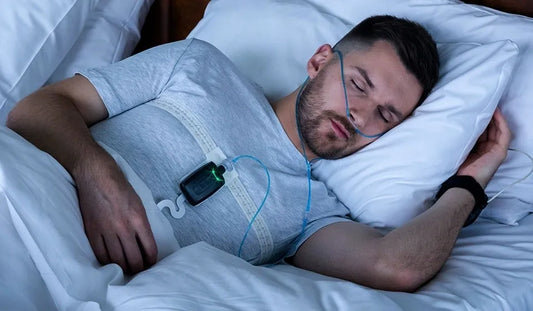Considered the gold standard in sleep apnea therapy, this device delivers air to the patient through a sleep apnea mask. The purpose of continuous pressure is to stop the airway obstruction.
There are different types of sleep apnea masks to meet different profiles. The expected effects are rapid and the patient observes a clear reduction or even a cessation of snoring.
Nevertheless, a a number of undesirable effects should be highlighted.
The mask for sleep apnea: the positive pressure breathing apparatus
The sleep apnea mask is used with the positive pressure breathing apparatus . In which cases should this device be used?
It will be recommended when sleep apnea syndrome has been diagnosed. In the majority of cases, a polygraphy or polysomnography examination will have been carried out in order to detect the symptoms specific to sleep apnea. `
According to the High Authority for Health (HAS) CPAP is considered when the AHI is greater than 30 in first intention and when the AHI is between 15 and 30 when the sleep is of poor quality. This device is widely used, during the year 2016 nearly 1 million people in France benefited from it.

The continuous positive pressure breathing apparatus is used at night and delivers air through a mask. This continuous circulation of air helps maintain positive pressure in the airways such as the tissues of the throat. The subject will thus avoid apnea and snoring.
CPAP treatment will be daily. The patient will use the device every night and also during naps. During the night, it will be recommended that the patient use the device for at least four hours for real effectiveness. It should also be noted that with regard to the reimbursement of the device by the social security, the time of use per night will be taken into consideration.
The different types of masks for sleep apnea
As we have seen, the use of the continuous pressure breathing apparatus requires the patient to have previously carried out an examination polygraphic or polysomnographic. A prescription will be required to obtain the device. This prescription will specify the pressure level to which your device must be set.
There are different types of sleep apnea masks that we are going to present to you. The choice of this mask for sleep apnea will respond to morphological considerations and comfort for the patient.
Thus the subject can opt for a nasal mask, a nasal pillow mask or even a full face mask. If you breathe through your mouth, a face mask will be recommended, if you experience claustrophobia you will then opt more for a pillow mask. 
Lors du choix de votre masque pour apnée du sommeil , prenez votre temps et n’hésitez pas à vous mettre en situation. Allongez vous dans différentes positions afin de tester le confort du masque. Enfin il est recommandé d’essayer le masque raccordé à l’appareil respiratoire à pression continue.
If the mask bothers you during the first few nights, don't worry, this is completely normal. It will take you on average a few weeks to adapt to the continuous pressure breathing apparatus. It should be remembered that any use of this device will require prior medical consultation.
The mask for sleep apnea: effectiveness
The apnea mask works. The figures quoted above prove it, nearly a million people in France use it. However, it is imperative to respect a certain rigor so that its effectiveness is optimal. The patient will need to use it for several hours each night.
Immediate effects as well as long-term effects are observed. In terms of immediate effects,continuous pressure prevents airway obstructions. Apneas and hypopneas therefore disappear very quickly. With the disappearance of apneas and hypopneas, the patient quickly finds a deep and restorative sleep. In addition, the patient notices very quickly that his snoring decreases or disappears completely.
As for the long-term effects, it is all the tone in general that is found in the patient. Energy is much greater and drowsiness and fatigue fade little by little.
Finally, and this is the whole point of the continuous pressure breathing apparatus, it allows by fighting against sleep apnea reduce cardiovascular risk.
In order to check the proper use and therefore the effectiveness of the continuous pressure breathing apparatus it is advisable to carry out a check-up after 12 months of use with your doctor.
The mask for sleep apnea: side effects.
Wearing the mask of the continuous pressure breathing apparatus is not the most pleasant. Wearing a sleep apnea mask daily can cause a number of inconveniences.
The mask must be waterproof for optimal use. This can cause irritation of the skin and in much rarer cases localized allergies on the pressure points . These irritations can be a sign of a poorly adjusted mask. Be sure to check that your mask is not too tight. In addition, it is recommended to clean the mask after each use.
Breathing fresh air at high pressure can cause dryness of the nasal and oral mucous membranes. These droughts will often be accompanied by the impression of a stuffy nose or even discharge. To overcome this problem you can use an air humidifier.
Another inconvenience for the patient but also his spouse, the noise of the machine. there are nearly50% users complaining about noise from CPR.
Finally, the sleep apnea mask being connected to the respiratory system, the patient's movements are restricted during the night, which can be uncomfortable.
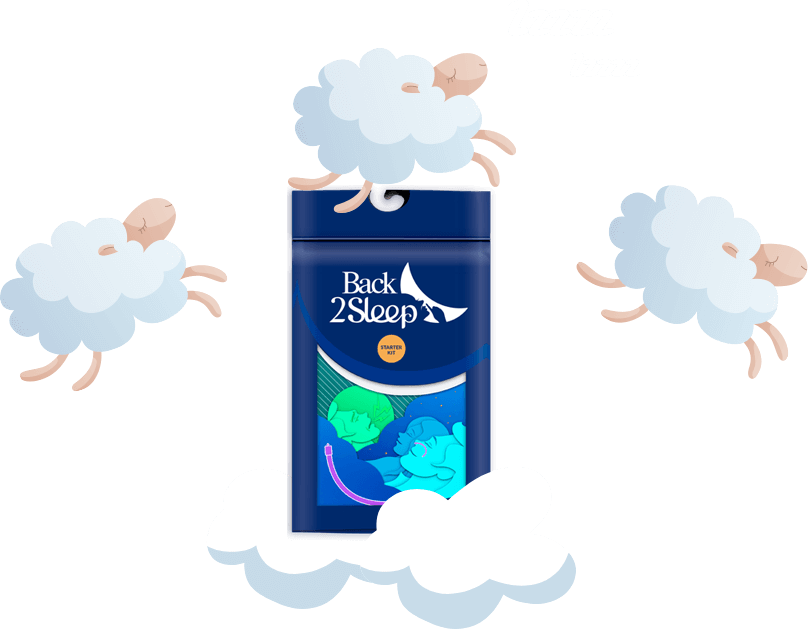
- Choosing a selection results in a full page refresh.
- Opens in a new window.
